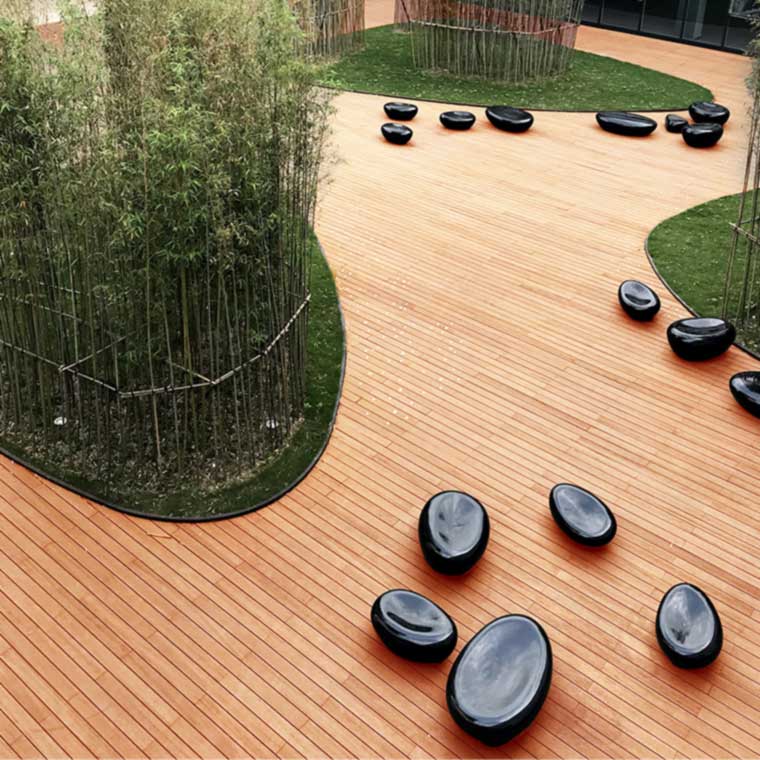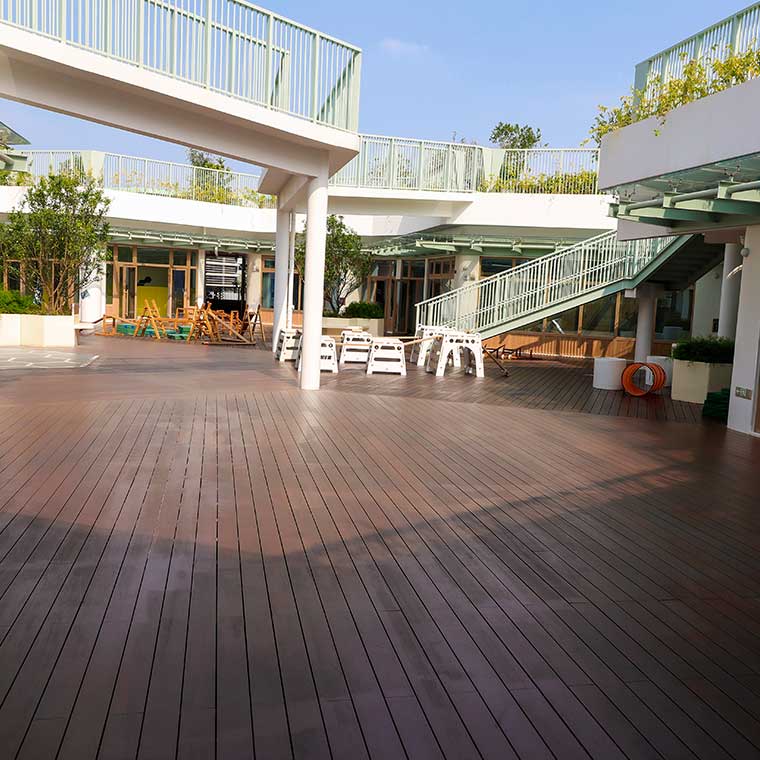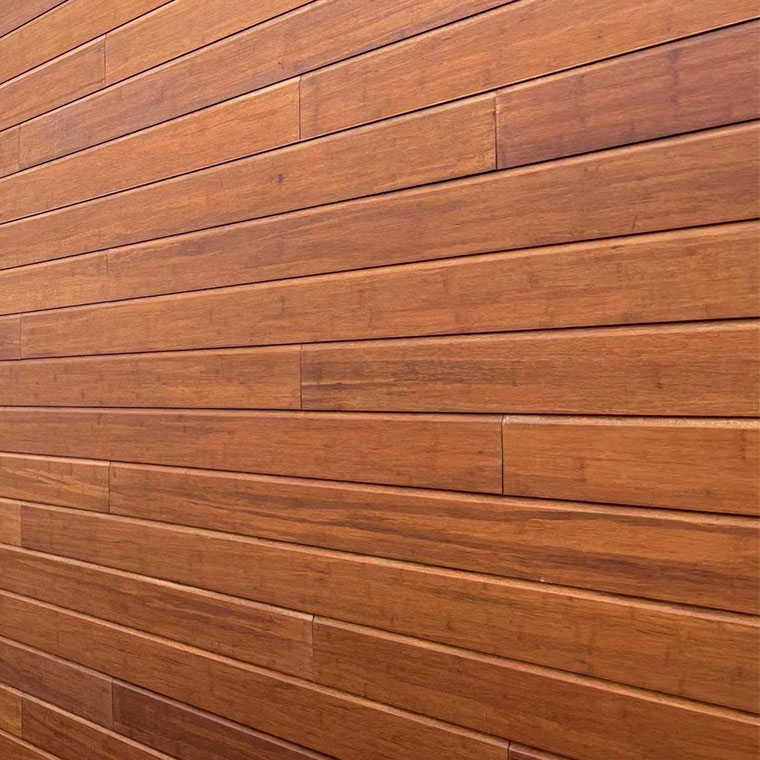A beautiful terrace deck is an ideal connection between the living space and the garden. It is not only an added aesthetic feature of any house but also an efficient way of extending the home space and providing a place to entertain visitors. Being more durable and more ecological, bamboo is becoming a popular patio solution.
Building a deck that meets your particular situation, however, requires planning and appreciating the problems with decking that can arise. And understanding the reasons is critical as it helps you decide what actions you should take to rectify the problem.
Let’s look at some of the common deck problems and the reasons why such problems occur!
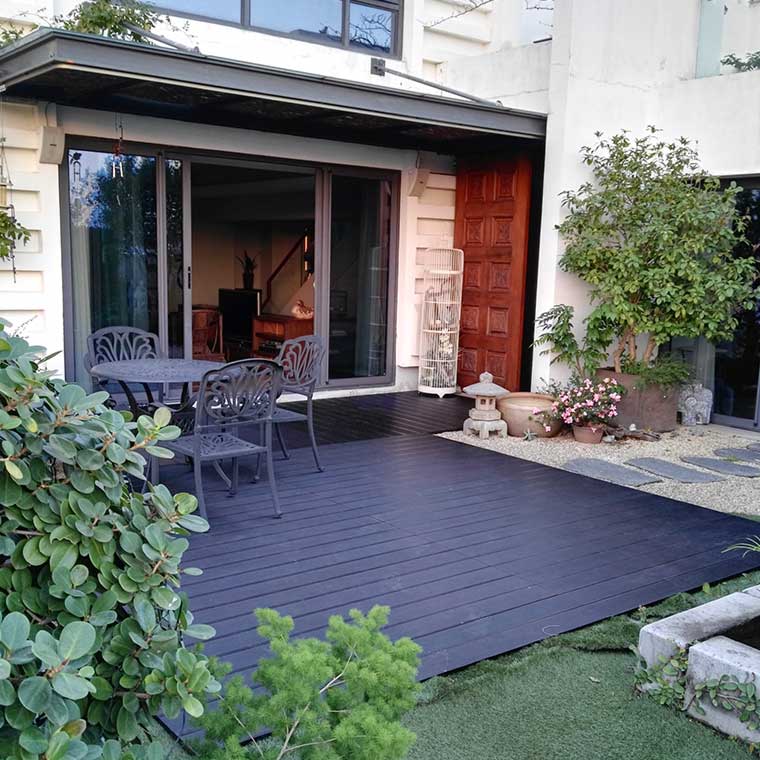
1. Discoloration and Fading
Discoloration or fading of outdoor decking floors is relatively common. The sun impacts all materials at an atomic level, breaking down the chemical bonds which leads to the fading of colors.
One of the most common questions that we hear is " Will bamboo decking board turns graying?", The answer is yes. Though REBO bamboo decking enjoys better weather resistance and excellent fade-resistant power than traditional wood, it will become aging as well with over years in the sun, and the color turns to grey.
Bamboo is a natural material, like almost every plant species, the surface will slowly turn grey after exposure to UV. But regular maintenance is helpful to limit this aging process. The maintenance is simple and easy, clean the floor first, and then apply water-based oil, and the deck will look brand new again. All the natural decking will inevitably lose its color due to weather exposure, natural aging, and debris-like leaves. As long as it is effectively maintained, its service life can be extended.

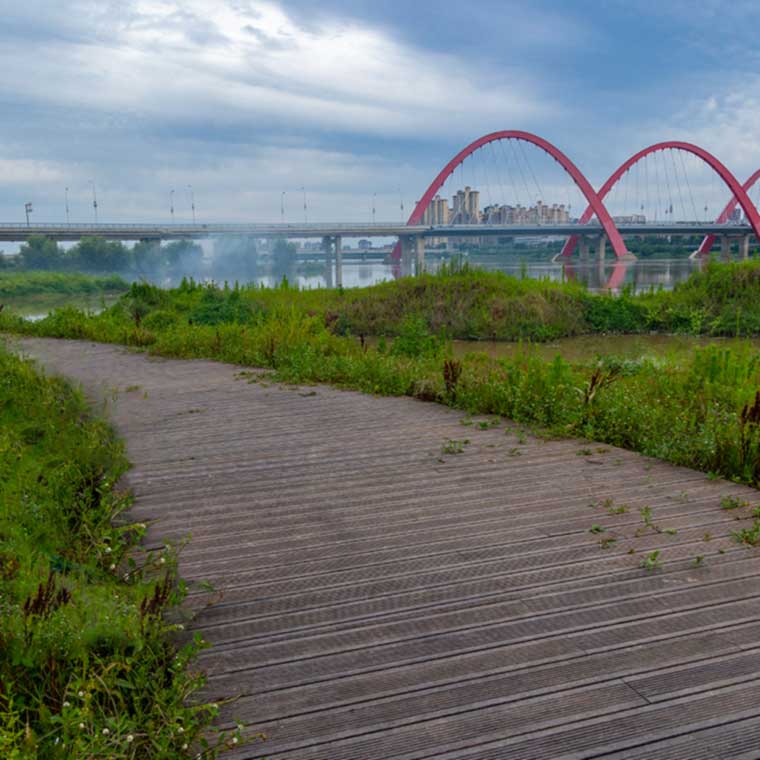
2. Mold Stain
As an organic material, the bamboo board is prone to mold as well. REBO bamboo decking is made of natural moso bamboo material, like almost every plant species, it exists with sugar, nutrient, worm eggs, and fungus inside of bamboo strips. Through high-temperature carbonization, the sugar and fungus will be removed efficiently, but not completely, so there is a risk to get black spots or mold stains, especially under a high humidity environment, it is decided by the bamboo constitution itself. Mold is most likely to develop on decks on the northern side of the house, this is because the quality of the southern sun makes it a less hospitable environment for fungi to grow.
The good news is it is easy to deal with mold. Use water and exterior cleaner to clean first, and then apply outdoor water-based oil to further protect, which turns out to be helpful.
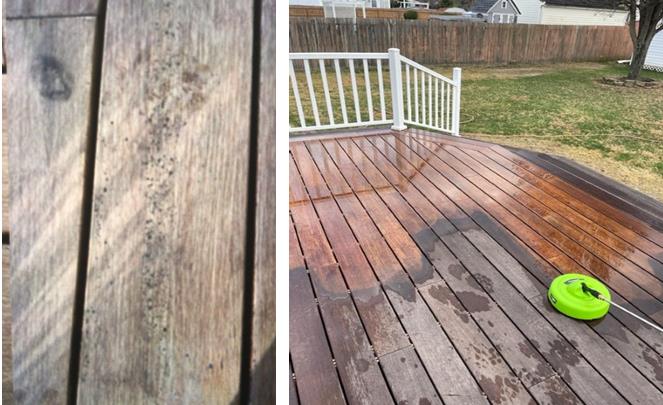
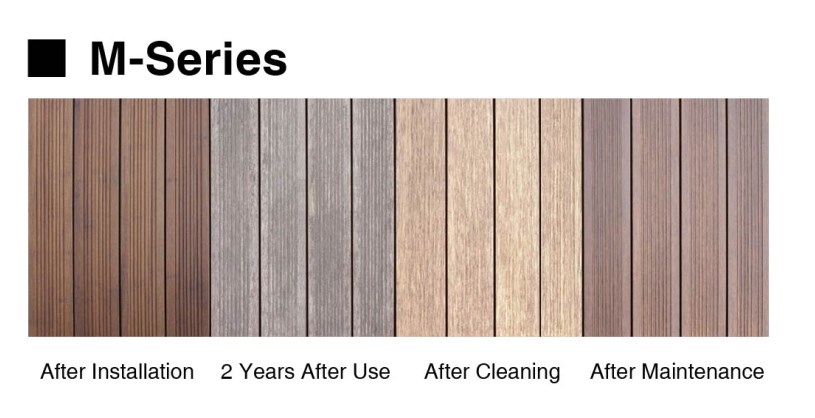
3. Crack and Splitting
Cracks will sometimes appear on the surface and at the end of the planks due to different air shrinkage bulking factors. This phenomenon is normal and can be observed in almost all types of wood.
Bamboo is a hygroscopic material, which means that it will absorb moisture from its surroundings and release it until an equilibrium is reached. The moisture content, therefore, varies according to the characteristics of the surrounding air. Splitting and checking are caused by moisture transfer between the decking board and the surrounding environment. This constant wetting and drying of exposed surfaces cause stress on the board that can create cracks and grain separation.
Small cracks do not affect the stability and durability of the plank. And for some bigger cracks, use wood filler and then apply with oil to further protect is workable.
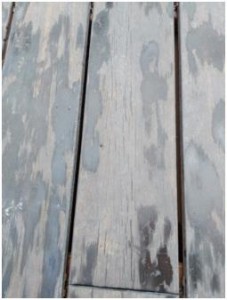
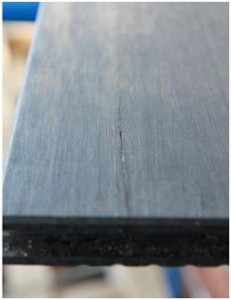
So in summary, don't panic when you notice color fading, mold or cracks, or other problems with your deck. They are normal phenomena and always have ways to fix most of them without having to replace the entire structure. Welcome to reach us for more advice and support.


